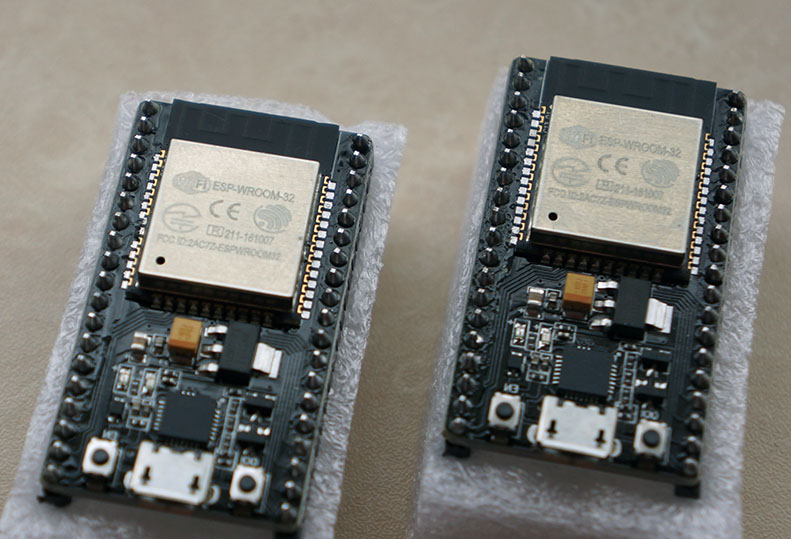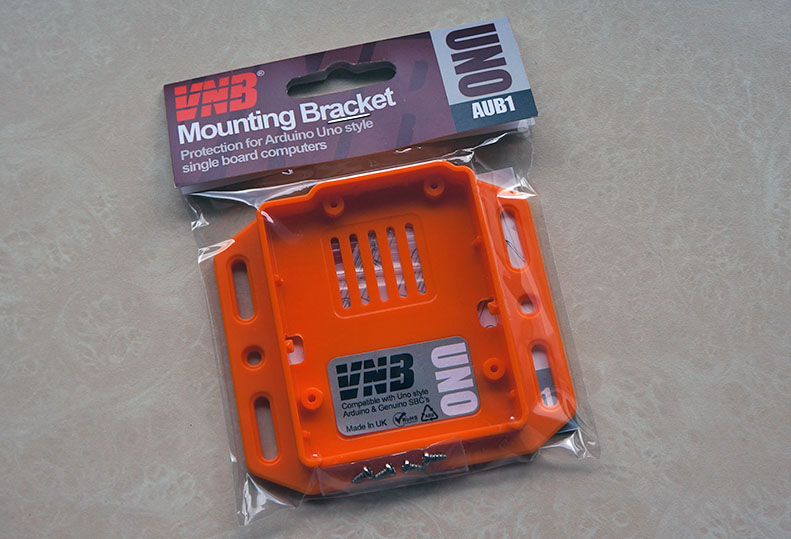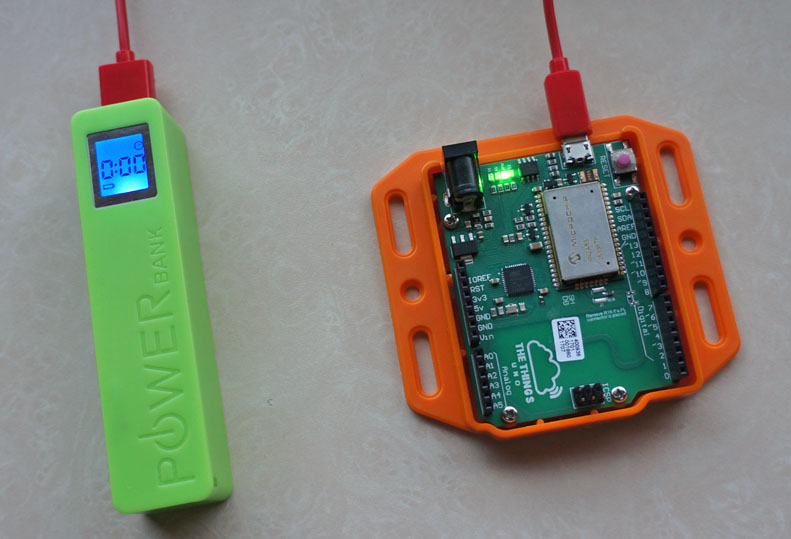I had seen them on AliExpress starting from 2 (or 3?) pin versions.
How are they / how is the quality?
Could you post another picture next to some other (familiair) object for a size impression?
Thanks.
I have to install a Microchip toolchain soon. Delivery was very quick!
very quick ! 
So you did order your 3D printer…? 
yes you can buy them from 2 to 7 pins
they look ok to me… haven’t tried them in the rain yet
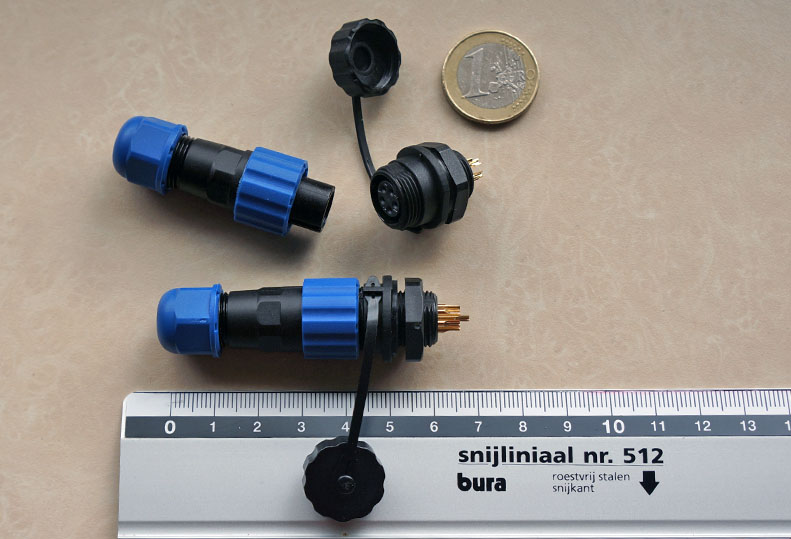
-
No 3D printer … just a Schutzhülle für Außensensor

-
update… that was fast
 (first product impression is also ok)
(first product impression is also ok)
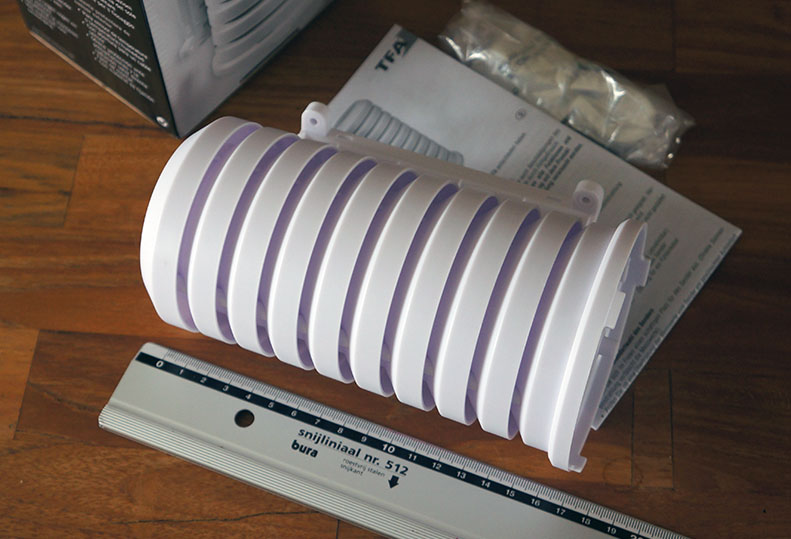
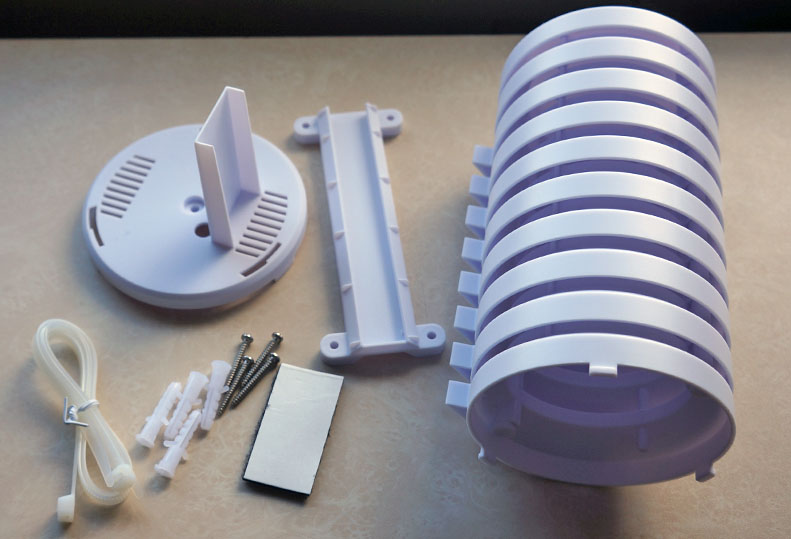
I have just been testing one of these, I like the fact that there is access to the Vin in pin, so you can choose what battery you want to connect. I spent a couple of days working out which pins you can use and which you cannot.
then maybe you can save me a couple of days ![]()
I will write it up as a blog post.
I needed an ESP32 board with Mikrobus sockets so I can do a link test to see if the extra EMI causes LoRasensitivity issues. For the PCB I needed to check which pins could be used for interrupts, switches, LEDs, chip selects and the UARTs.
Doesn’t look too bad.
I’m interested to see your results.
I might grab one.
Here we go, this is the list of pins I used on the NodeMcu32s and the functions I allocated to them;
great write up TNX !
I am trying to install this wroom board in the arduino IDE (1.8.5) using this tutorial
seems that the wroom32 = FireBeetle ESP 32 … anyway no luck.
what is the best or alternative way to install this wroom in arduino IDE ?
Quite a few of the of the ESP32 boards use the WROOM 32 module.
The NodeMcu32s and Wemos Lolin32 do.
I followed the install instructions for the standard ESP32 library;
There are a lot of ESP32 boards supported by this library, 32, but I dont see a FireBeetle
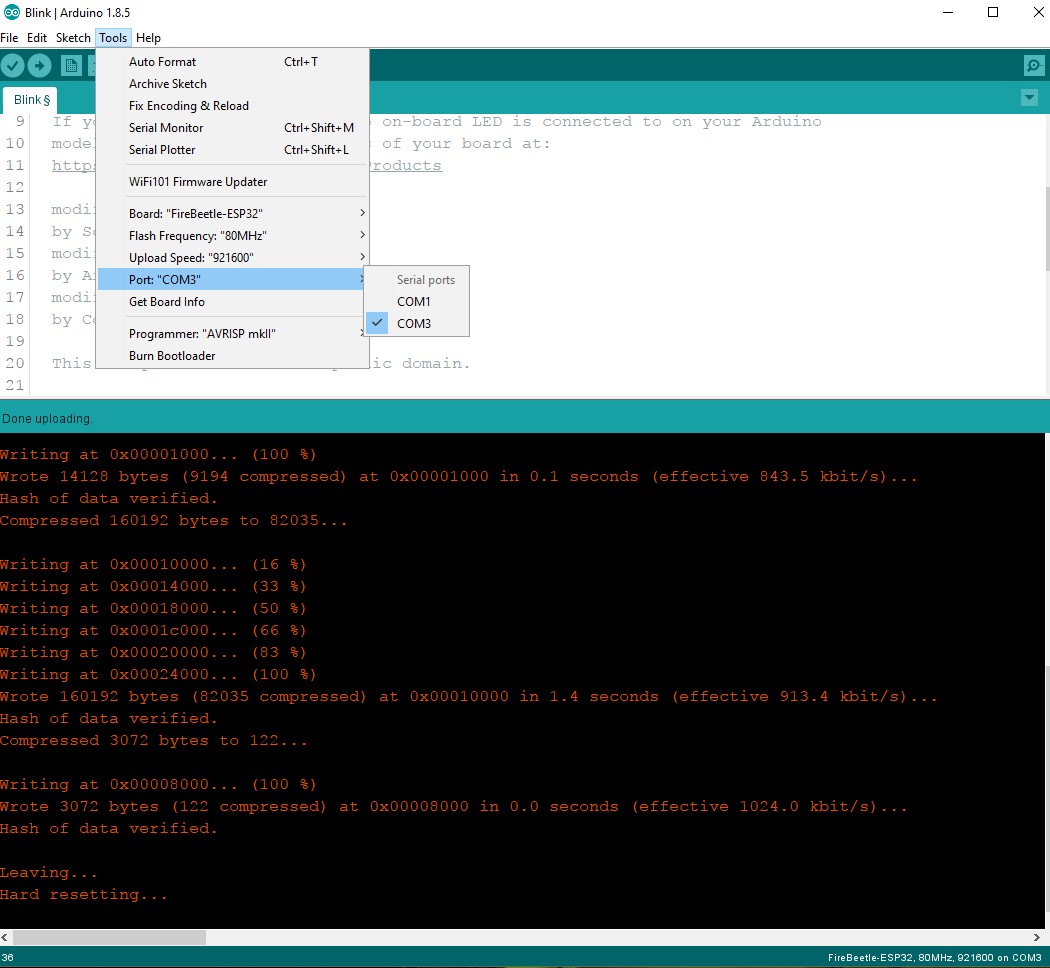
my FireBeetle is blinking 
How interesting.
The blink sketch on my NodeMcu32s, using the standard Expressif library consumes 136741 bytes (10%) of program storage space.
Yours uses 160192 bytes.
Why does it take well in excess of 128K bytes of flash to flash an LED, is it progress perhaps ?
I recall flashing (LEDs!) with a MK14, and that only had 256 bytes (yes bytes) of memory.
compressed to …
ready for my e paper displays now … tomorrow ?
Yes, but the ‘compresed’ bit does not make sense, in the context of overall program size, otherwise you would assume the program size was reduced down to 122 bytes, which seems unlikley.
And look at the Writing addresses;
0x00010000 to 0x00024000, so the program did require circa 150000+ bytes to be written, which is about correct for the download speed and time.
